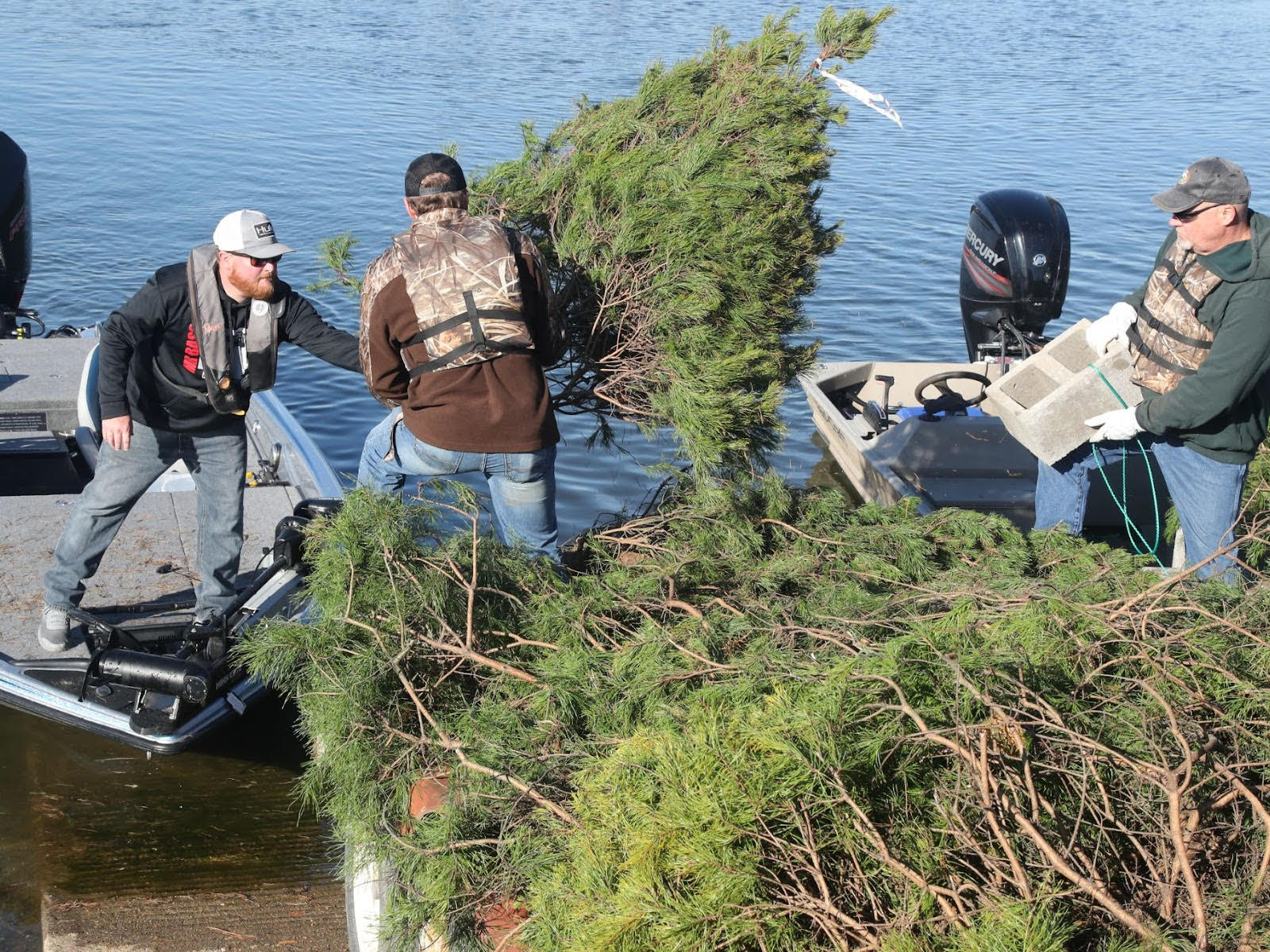Getting to the point on fishing hooks
BY Chuck Long
ON 05-06-2020
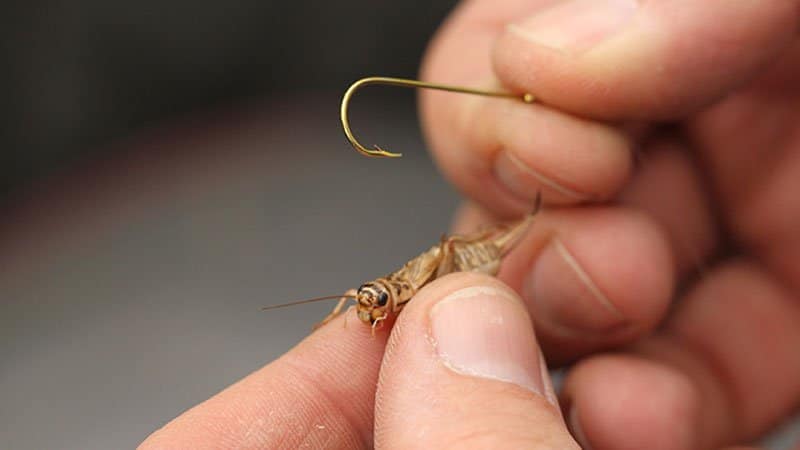
May 6, 2020
Chuck Long
AGFC Northeast Regional Educator, Jonesboro
It’s one of the simplest items on our list — just a piece of bent wire, sometimes sporting a barb on the end. But throughout modern human history, the fish hook has proven to be one of our most dependable tools. Fishing allows us to eat, without the danger of hunting or the hard work of farming.”
This quote was from David Ewalt in an article featured in Forbes magazine in 2005. In the article, the hook was heralded as number 19 on the list of the top 20 tools that have impacted human civilization.
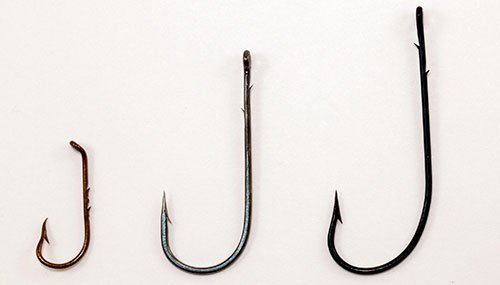
Fishing hooks have been around for more than 20,000 years, with some of the oldest records dating from the island of Okinawa. Today’s hooks are almost entirely fashioned from steel or another metal, but hooks have been found that have been constructed from bone, shells, rocks, antlers and many other materials.
Even though there has been much thought given to the manufacturing process of hooks, including work done by metallurgists, engineers and machinists, an angler’s attitude is often “just grab a pack of hooks” without regard to the exact use. The proper choice of hooks can greatly increase the opportunity for success.
With the exception of a fishing license, the hook is the next most critical piece of fishing equipment an angler can own.
The first choice to make in hooks is size. Hooks are sized using a numerical form, with larger numbers meaning smaller hook size. A number 12 hook is much smaller than a number 2 hook of the same style. If the size designation includes a “/0” (pronounced “aught” and standing for zero) such as 1/0, 3/0, 5/0, etc. the hook size is getting larger as the first number increases. A 12/0 is much larger than a 2/0. Just remember, 12 zeros is smaller than two zeros and you’ll get the hang of it.
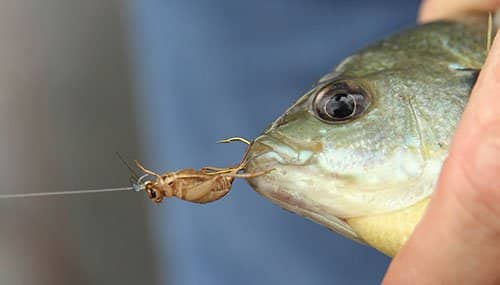
When choosing hook size, think about the size of fish that are being pursued. Some recommendations for popular species are:
- Bream/bluegills — no. 4 to no. 8 size hooks
- Crappie — no. 2 to no. 6 size hooks
- Bass — no. 2 to 4/0 size hooks
- Catfish — no. 1 to 6/0 size hooks, depending on size of fish being targeted
One interesting observation on the size of fish hook comes from “Living Off the American Tropics,” an Air Force survival manual published in 1944. The manual states on Page 18, “a big fish can be caught on a little hook, but a little fish cannot take a big hook.”
Today’s hooks are manufactured to high standards and even the smallest hooks can subdue a large fish. When in doubt, choose the smaller size hook to ensure the fish can take it into its mouth. Experienced trout anglers often catch fish nearing double-digit weights with hooks as small as size 12 and smaller. In fact, catching a 20-inch long trout on a size 20 fly is a bucket-list challenge for many fly-fishing purists.
Another size in hooks to consider is the thickness of the metal wire that makes up the hook. Hooks are typically either thin wire or thicker wire and each have their place. Thin-wire hooks are better for smaller fish and quick hooksets with less force. Crappie, bream and trout are examples of fish that lend themselves to the light-wire hooks. Thin wire-hooks will handle catfish and other bigger fish, but a better choice would be hooks made from a heavier wire. The twists, head shakes and jerks of larger fish, as well as the high strain from heavy hooksets, can straighten light-wire hooks, while the heavier wire can withstand these tugs on the line.
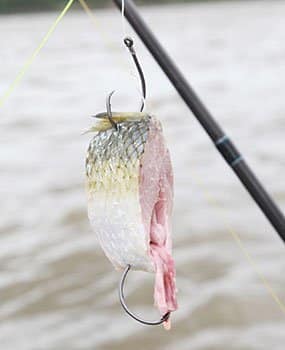
There are many types of hooks on the market and the choices can be daunting. The J-hook, also known as the Aberdeen or round-bend hook is by far the most widely used and perhaps the most versatile. It will provide solid hookups in any type of fishing situation and for any species. They can be found in sizes from the diminutive 12s and 14s up to large pieces of heavy steel in the 20/0 range.
An interesting hook choice that has emerged for bait anglers in relatively recent years is the circle hook. This hook style is designed to set itself in the fish, so no forceful snap of the wrist is required by the angler. Once these hooks are taken completely into the mouth of the fish, a steady slow pull causes the hook to pivot and hook the fish. The only issue with these hooks comes when experienced anglers try to use them. The hookset is one of the most important parts of fishing that’s been taught since hooks were invented, and it’s hard to trust that the hook will do its job without our help. With a little self-training, however, these hooks can provide very solid hookups, especially with large fish.
There are many other types of hooks, each having a special place for a unique technique or situation. Experience can find uses for some of those hook designs, but most angling situations can be served with a J hook or circle hook. Think about the target size and species and choose hooks accordingly.
Recent News
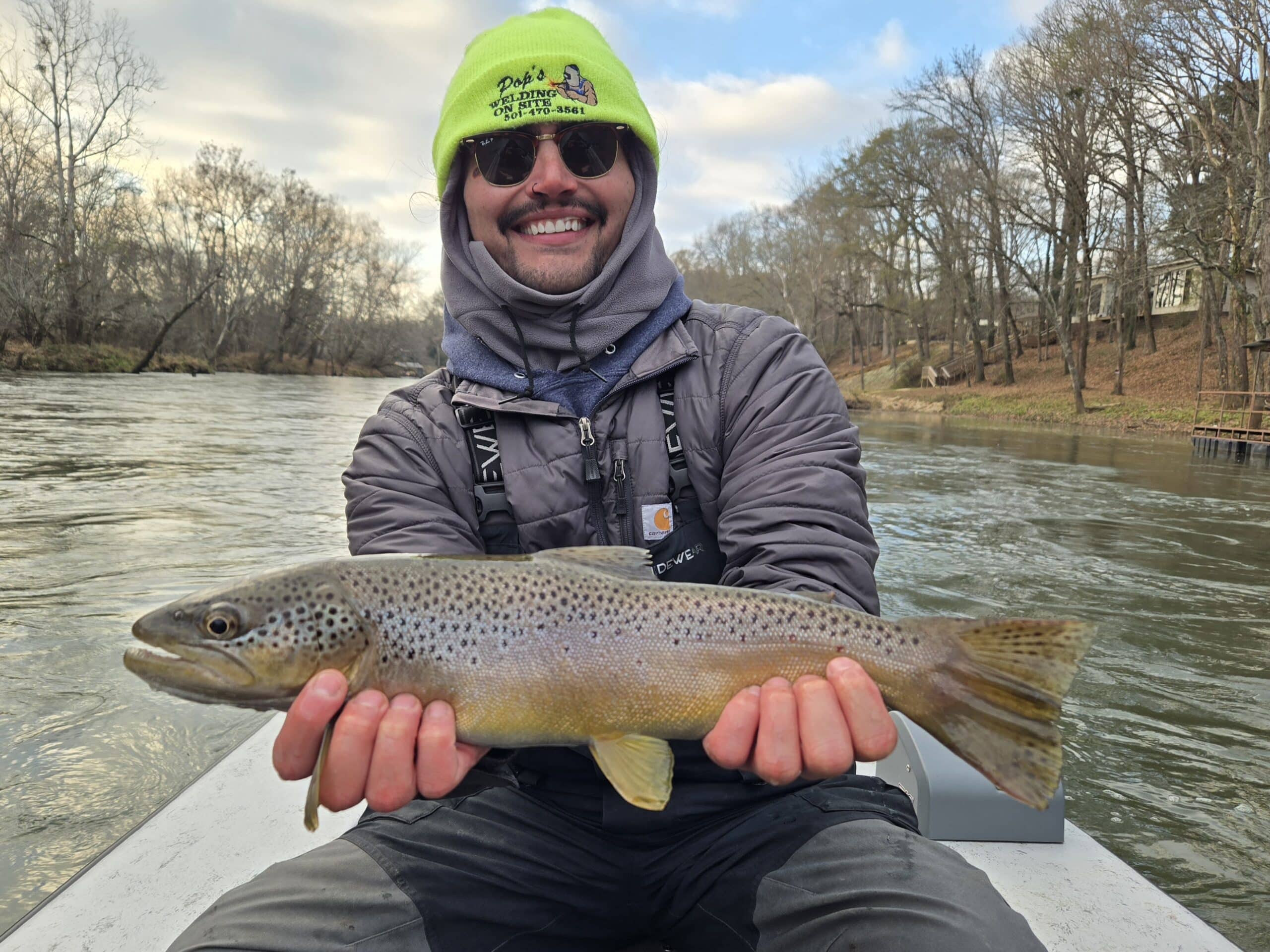
Arkansas Wildlife Weekly Fishing Report
Dec. 18, 2025
Subscribe to Our Weekly Newsletter E-mails
Don’t miss another issue. Sign up now to receive the AGFC Wildlife Weekly Newsletter in your mailbox every Wednesday afternoon (Waterfowl Reports are published weekly during waterfowl season and periodically outside the season). Fishing Reports arrive on Thursdays. Fill in the following fields and hit submit. Thanks, and welcome!

